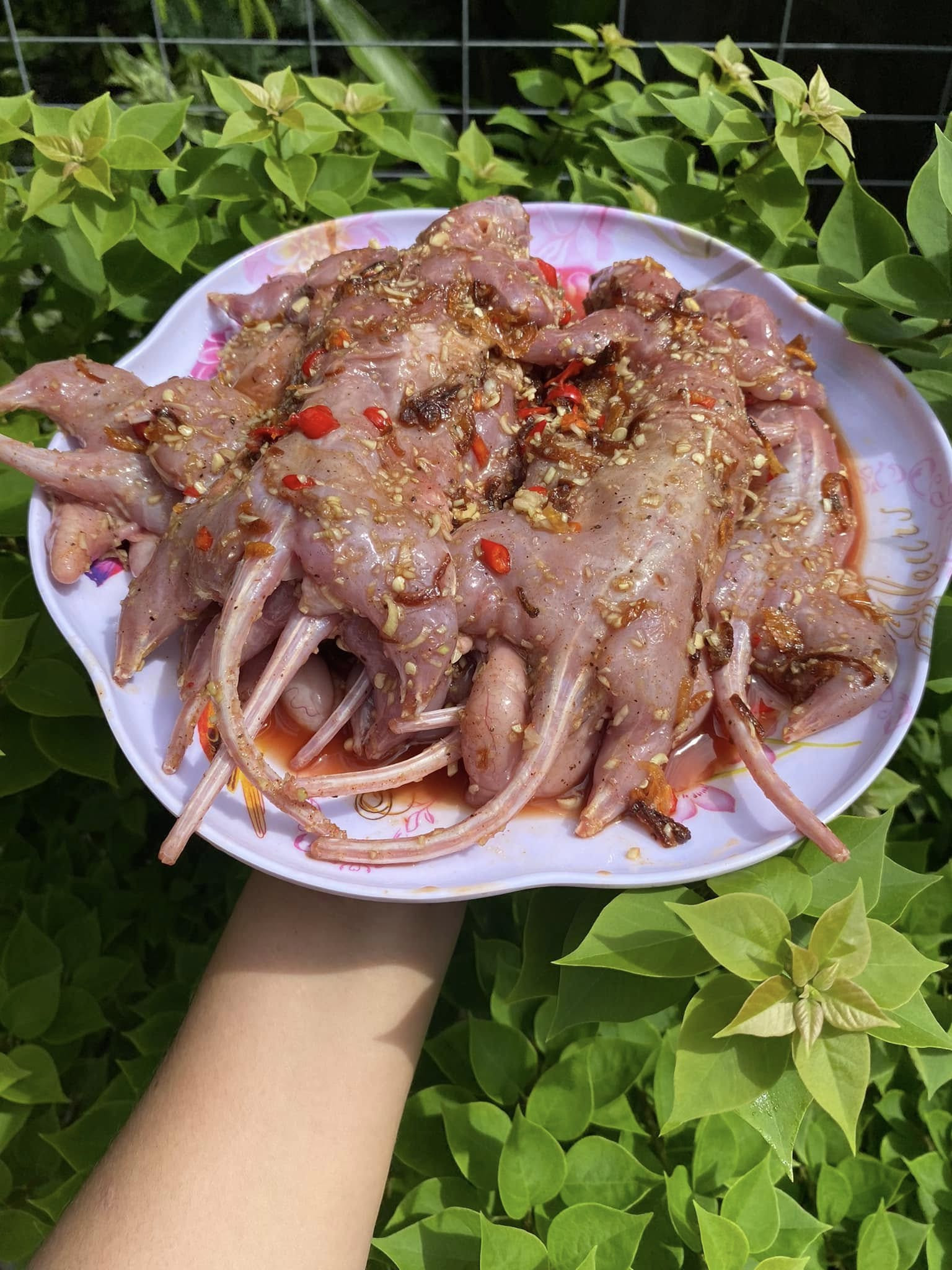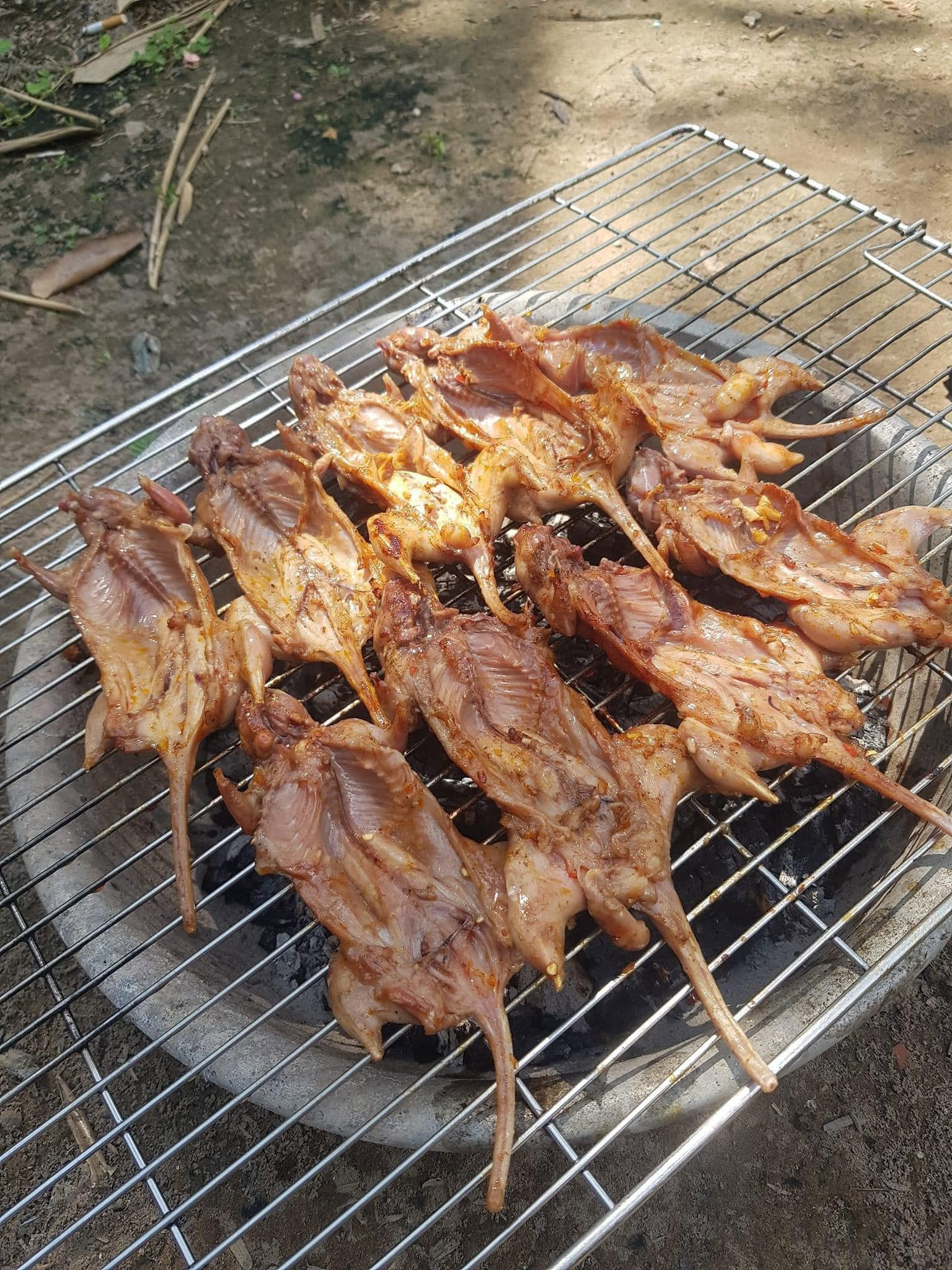
At first glance, Ben Tre's coconut rat may seem daunting to many visitors. However, those who muster the courage to try it often find it more delicious than they expected, with some even claiming it surpasses the taste of free-range chicken.
Beyond its famed specialties like coconut candies and wax coconuts, Ben Tre offers a lesser-known yet highly prized delicacy: coconut rat.
These rats, similar in appearance to field rats, live on coconut trees. They feed on the heart of the coconut tree and the tender coconut flesh, drawing nutrients from the fruit. This unique diet gives the coconut rat’s meat a firm, slightly chewy texture and a naturally sweet flavor.
From pest to prized dish
 |
 |
Initially, locals hunted coconut rats to protect their coconut farms. Over time, the demand for their flavorful meat grew, turning the pest into a profitable commodity.
Catching these rats, however, is a challenging task. Locals set traps on coconut trees or use a manual method of scaring the rats out of their nests and catching them with specialized tools.
Coconut rats are relatively small, with 8–9 rats per kilogram. After cleaning and preparation, they are sold at prices ranging from VND 150,000 to 200,000 per kilogram (USD 6–8). Around the Lunar New Year, demand spikes, often exceeding supply.
Cooking methods and flavor
In Ben Tre, coconut rats can be prepared in many ways, such as steaming, pan-frying, stir-frying, or caramelizing. However, the most popular and flavorful method is grilling.
Grilled coconut rat is seasoned with a variety of ingredients depending on the region. Some use salt and chili, while others prefer lemongrass and garlic. The preparation process is meticulous, involving thorough cleaning with boiling water, vinegar, or lime juice to remove any odor.
The meat is then marinated with finely chopped garlic, lemongrass, chili, and spices like salt, pepper, and five-spice powder for 15–20 minutes before grilling.
The rats are best grilled over charcoal, with a moderate flame to ensure even cooking. The result is golden, crispy skin and tender, flavorful meat. The seasoning is so well-balanced that no additional dipping sauce is needed.
 |
 |
 |